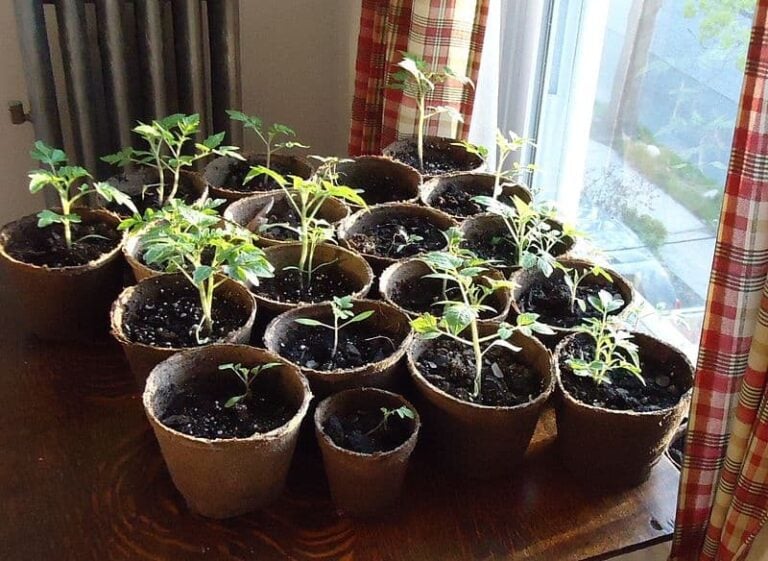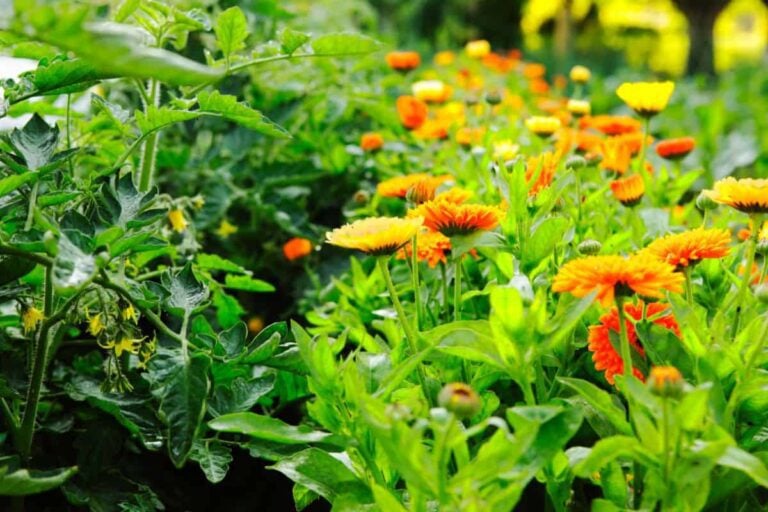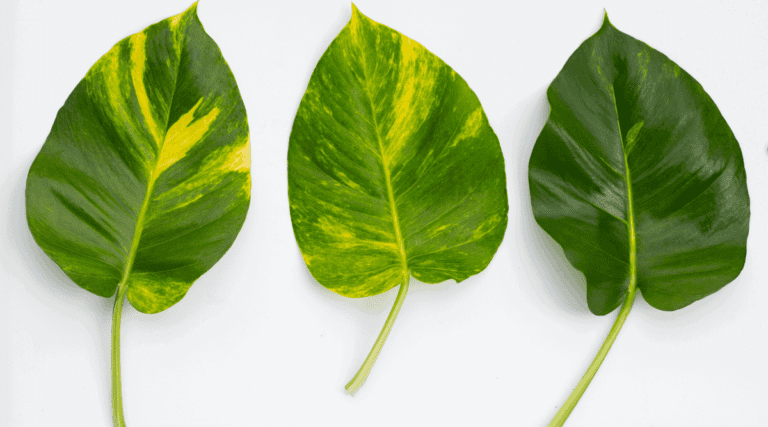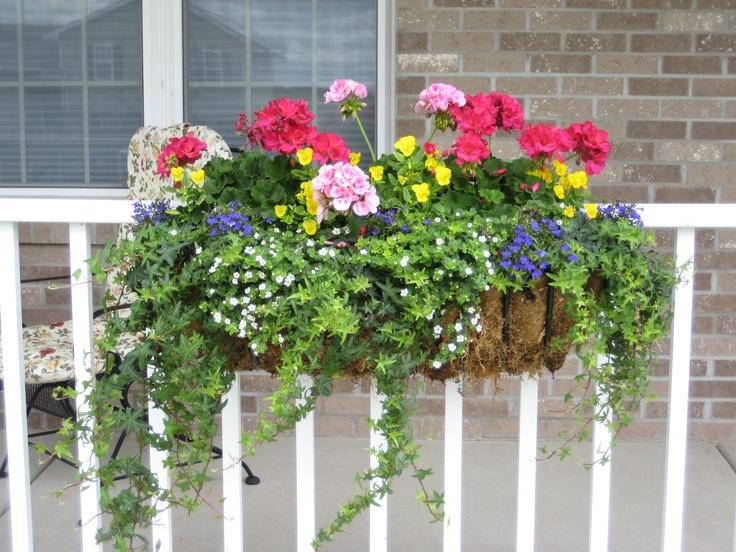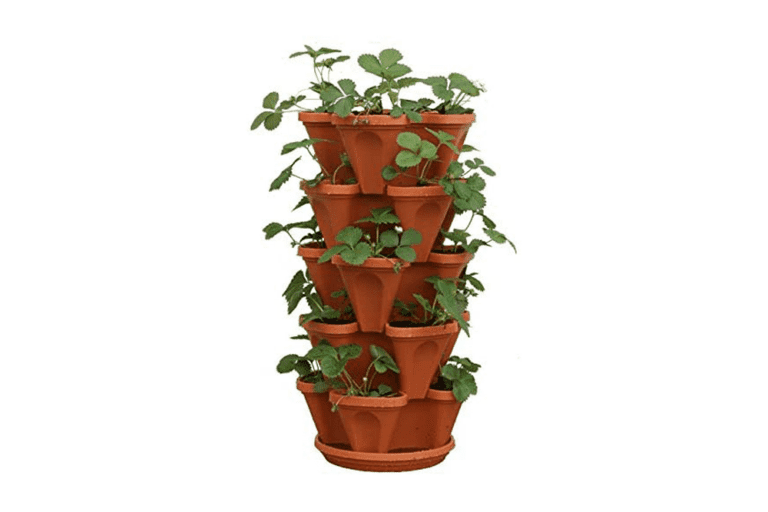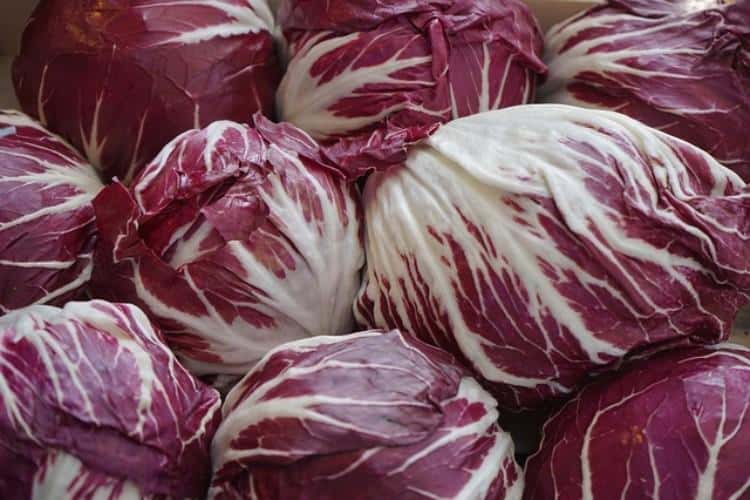Keep Your Herb Garden Hot by Growing Cayenne Pepper
Cayenne pepper grows best in warm climates with plenty of sun year-round. If you don’t live in a warm climate, consider starting seeds indoors about 6 weeks before the last frost in your region. Place seeds in grow packs or spaced in containers covered with plastic wrap.
Store in a sunny location and keep watered for 6 to 8 weeks. Transplant into the garden when temperatures reach a consistent 60 degrees. Keep seedlings watered and consider mulching and using row covers. Harvest when peppers turn color and are a few inches long. Harvest cayenne peppers frequently for maximum yield.
Why Grow Cayenne Pepper?
Cayenne pepper is considered one of the best hot peppers because of its versatility. You can dry it to use for pepper flakes or powder or use it as a colorful and spicy addition to dishes. Some gardeners enjoy growing them because of the bright colors and unique look they bring to the garden.
Cayenne peppers do best in warmer climates with plenty of sun year-round, but they grow fairly well with little maintenance. They also are resistant to several diseases that affect other types of commonly-grown peppers.
Prepare for Growing Cayenne Pepper
If you don’t live in a warm-climate area, it’s best to start your seeds indoors about 6 weeks before the last frost, since frost and cold can keep them from germinating. You may also want to grow them permanently in containers, rather than your garden, so you can bring them inside during colder temperatures.
If you choose to grow cayenne pepper in containers, choose wide containers with drainage holes. Cayenne pepper roots will need plenty of space to spread.
Or, prepare your garden area by tilling the ground and adding in a compost for nutrients. Your soil should be slightly acidic for optimal growth and health. Dig holes about two feet apart for your seedlings to be transplanted when ready. Ensure that your garden area received plenty of sunlight and has well-draining soil.
To prepare seeds indoors, allow them to soak in clean water for about 8 hours, so overnight is a good time. Place a few seeds into each cell of a grow pack or in small holes in containers, spaced several inches apart. Cover slightly with potting mix and moisten the soil with water.
Cover your grow pack or container with plastic wrap and set on a sunny windowsill. Keep the soil moist throughout the germination process. Thin out seedlings by snipping the weakest seedling when they receive their first leaves. Once they get two sets of leaves, choose the best seedlings and snip the others.
Mick Zoller provides an interesting time-lapse video to show what cayenne pepper seedlings look like as they grow:
Planting Cayenne Pepper Seedlings in the Garden
In about 6 to 8 weeks, your seedlings should be ready to transplant to your garden, but make sure all threat of frost has passed in your region. Ideally, your garden area should be reaching a consistent temperature of about 60 degrees before you plant cayenne pepper seedlings.
PlantVillage recommends setting your seedlings outside for about 7 to 10 days to harden off. This allows them time to acclimate to the new weather conditions so they don’t end up in shock when they’re transplanted into the soil.
Plant one seedling per hole spaced two feet apart. Gently move soil back around each stem and water the soil thoroughly. If you’re afraid of weather conditions ruining your plants, keep them protected with row covers after you transplant seedlings.
Caring for Cayenne Pepper
You need to keep your plants’ soil moist, but not wet. Overwatering can lead to fungal diseases within the soil that can ruin your plants. The best care for cayenne pepper is to mulch around your plants, which will both help keep the soil moist and retain a consistent temperature. You typically only have to fertilize cayenne pepper plants if your soil is not rich in nutrients.
If you live in windy conditions, stake your cayenne pepper plants, as they can get top-heavy with their height and skinny branches. Use wooden rods and gently tie string around the rods and branches where the plants need extra support.
Prune cayenne pepper as needed to keep them from spreading too far into your garden and allow optimal yield of peppers.
Preventing Pest Infestation
Although cayenne peppers do not usually get infected by disease, they are prone to a few pest infestations if gardeners aren’t careful to take precautions.
Aphids and flea beetles are two common pests that affect cayenne pepper. Aphids hide on the underside of leaves and can cause mold on your plants. If you notice aphids, prune the plant on the areas they’re hiding or, for larger infestations, spray the plant with water. Use an insecticidal soap to prevent further problems with aphids.
Flea beetles don’t typically do much harm to established plants, but can kill off younger ones. These pests chew through leaves on your plants, leaving small holes. Usually, using row covers for your cayenne pepper plants can keep flea beetles away.
Harvesting and Storing Cayenne Pepper
You can usually harvest cayenne peppers once they reach their final color and size, a few inches long. Use protective gloves, since the pepper is hot enough to burn your skin, especially if some juices escape during harvesting. You may also consider protective eyewear, just in case.
Be careful to pull off each pepper upwards, the opposite way of which it hangs down from the plant. This will cause less harm to the plant, helping to avoid breaking the branches. Or, use scissors to snip them from the branch instead.
The more you harvest, the more peppers you’ll have through the season.
You can refrigerate cayenne pepper for several weeks after harvesting. Or, hang them to dry in a warm and sunny area of your home, which doubles as a colorful decoration. You can also pickle them for long-term storage.
Photo by Maja Dumat licensed under CC BY-SA 2.0.

